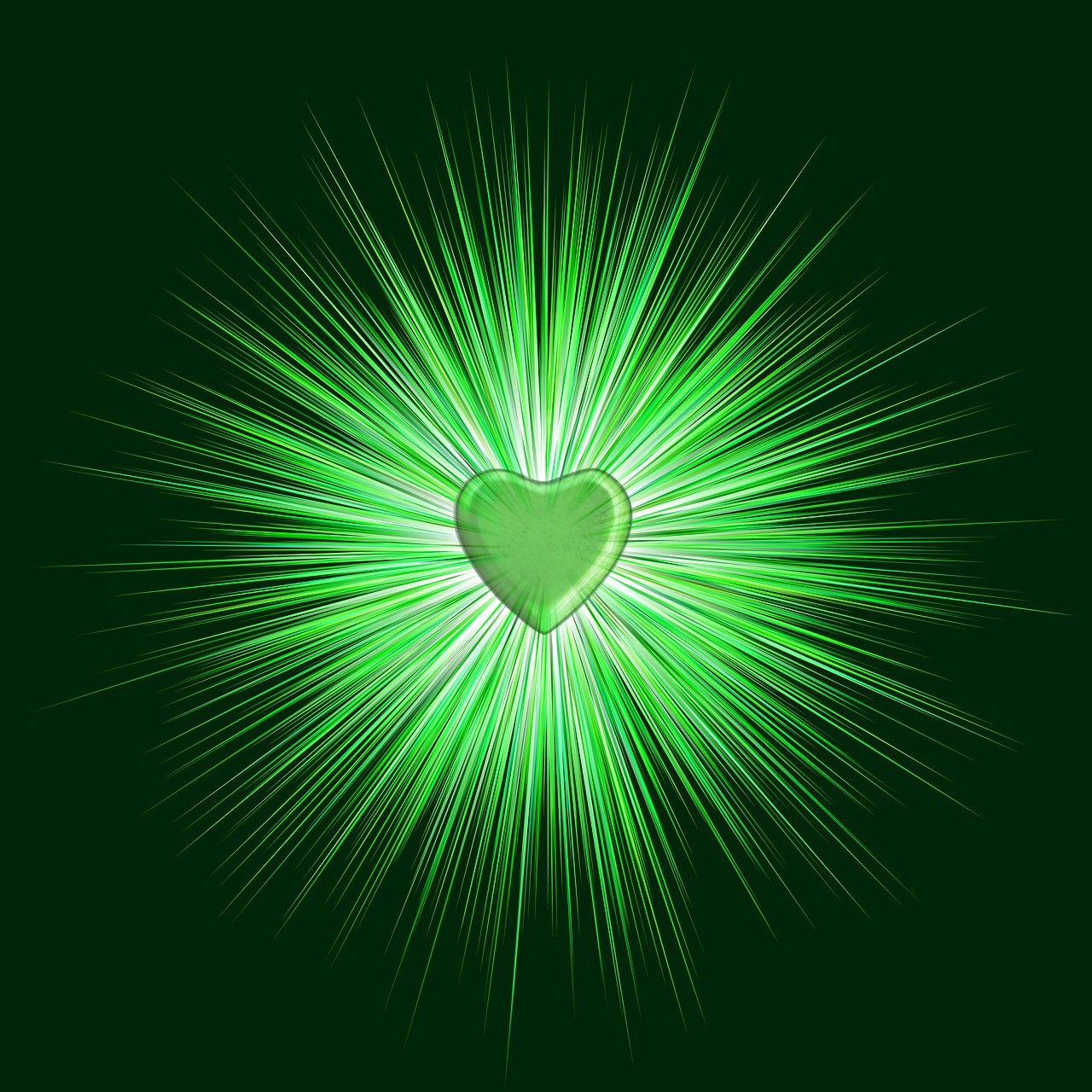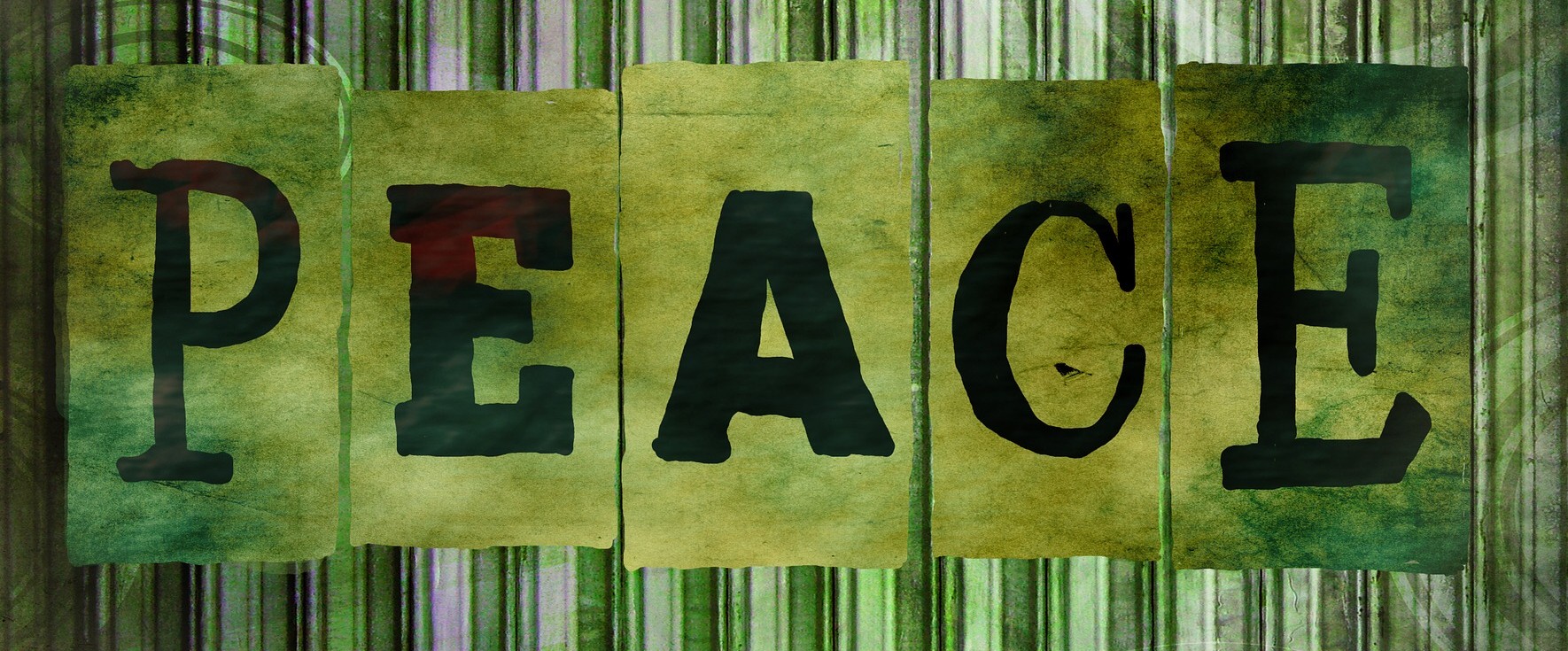

| Home | About Us | Our Services | About Reiki | Reiki FAQs | Love Offerings | Contact Us |
|---|
 |
~ ~ ~ ~ ~ ~ ~ ~ ~ ~ ~ ~ ~ ~ ~ ~ ~ ~ ~ ~ ~ ~ ~ ~ ~
|
 Reiki means “universal life energy.” It is the energy that runs
through all living things which connects us with the source of life. This healing energy flows through a
Reiki practitioner’s heart then out through their hands. Reiki is the essence of divine love embodied in
the energy of grace. Reiki means “universal life energy.” It is the energy that runs
through all living things which connects us with the source of life. This healing energy flows through a
Reiki practitioner’s heart then out through their hands. Reiki is the essence of divine love embodied in
the energy of grace. It accelerates your natural healing process and assists you in clearing, healing, and balancing your body, mind, and spirit. It is a gentle and loving energy that works at the the level you are ready for. Reiki gently clears energy blocks that can contribute to dis-ease and mental distress. Reiki releases blocks to help you realize who you really are - a child of God. It is a precious gift given to mankind to help make us whole again. Empower yourself and heal your life with Reiki. ~ ~ ~ ~ ~ ~ ~ ~ ~ ~ ~ ~ ~ ~ ~ ~ ~ ~ ~ ~ ~ ~ ~ ~ ~ One of the first questions people ask about Reiki is “What can it do for me?” To give a succinct and memorable answer, we created the acronym PEACE:Reiki ...
 deep relaxation and reduces stress. deep relaxation and reduces stress. Eases physical and emotional pain. Accelerates your healing process and balances your energy. Complements medical and other healing methods. Enhances your intuitive abilities.
~ ~ ~ ~ ~ ~ ~ ~ ~ ~ ~ ~ ~ ~ ~ ~ ~ ~ ~ ~ ~ ~ ~ ~ ~ These are the five spiritual principles of Reiki that Mikao Usui set forth many years ago that can help you in your daily life. These truly are words to live by. Practicing them each day can help you have a peaceful life.
~ ~ ~ ~ ~ ~ ~ ~ ~ ~ ~ ~ ~ ~ ~ ~ ~ ~ ~ ~ ~ ~ ~ ~ ~
When
From Hawayo Takata, our lineage extends to Barbara McCullough, to Judy-Carol
Stewart, and then to Robert Nowell - our Reiki Master and mentor. We are connected to Mikao Usui through
five generations. Our lineage greatly influences our practice. We take a traditional approach involving
the attunements and the practices Hawayo Takata shared with her students. |
© 2021 by Center For Being Light, LLC -
All Rights Reserved. | Disclaimer | Web Editor: Rachel Winstead